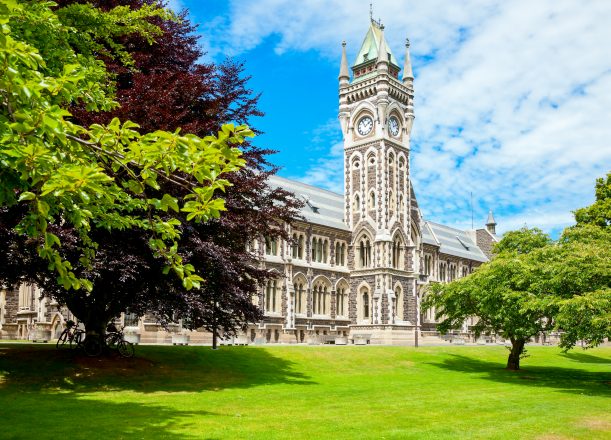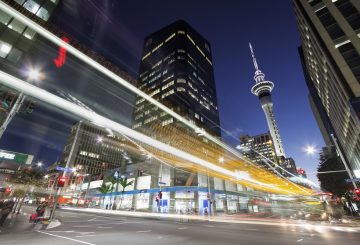Covid-19 continues to affect international student numbers at the South’s tertiary institutions.
In 2019, before the Covid pandemic, about 3000 international students attended the University of Otago, its international office director, Jason Cushen, said.
Since 2020, through the Government’s allocations, 148 students have received permission to return to the university.
To date, 91 of these students had returned to New Zealand and 57 were still overseas but expected to return soon, Mr Cushen said.
Southern Institute of Technology international director Chami Abeysinghe said it was also experiencing a sharp decline in international students.
“We expect to have about 300 international students in 2022, but most of these are returning students that are finishing off their programmes,” she said.
International students are only permitted to come to New Zealand if they have a government exemption.
This year, the Government has permitted access for 1000 overseas students to study in New Zealand, 300 of whom are university students.
The Ministry of Education said the remaining students were sub-degree level (300) and pilot trainees (400).
International students are required to apply for student visas and to stay in an MIQ facility before arriving on campus to begin or resume their course.
The University of Otago is no longer able to process student visa applications after Immigration New Zealand stopped its provider direct programme at the end of last year.
Otago University had made provisions for a range of programmes to be delivered online for those students wishing to begin or continue studying offshore, Mr Cushen said.
Students who studied abroad were eligible for the same scholarships and subject to the same tuition fees as students on campus.
Otago University Students’ Association president Melissa Lama said she was disappointed by the paucity of international students, but understood the approach the Government had taken to restricting international student numbers.
“We are saddened,” she said.
‘‘OUSA and university students value the contribution international students make through their unique cultural vibrancy.”
Ms Lama said she hoped international students would be welcomed back soon.
“Those of us on campus are fortunate to be here,” she said.
In 2019, New Zealand had a little over 22,000 fulltime international students paying total tuition fees of $562.3 million.
The figures for 2021 and 2022 are estimated to be 70% of the 2019 figure, a ministry spokesman said.





























































